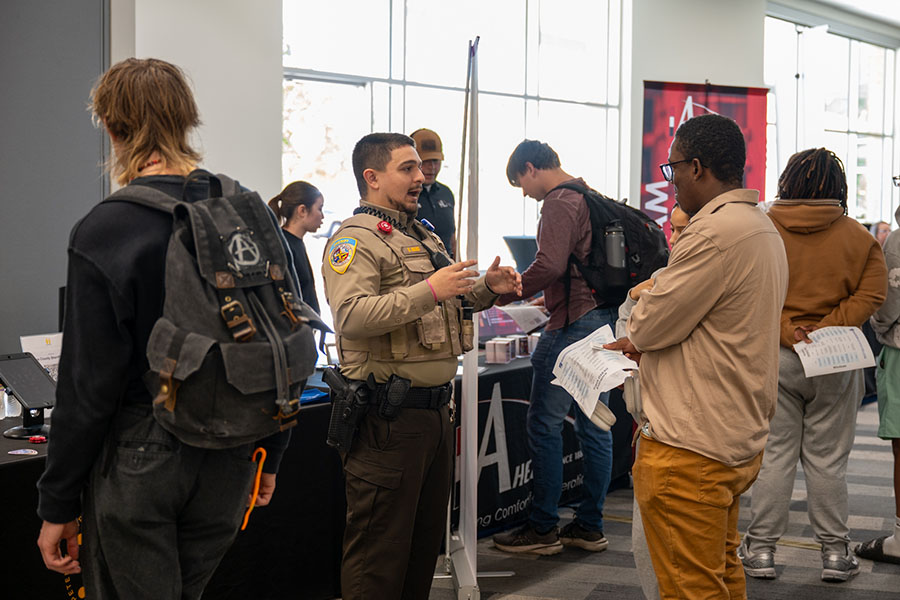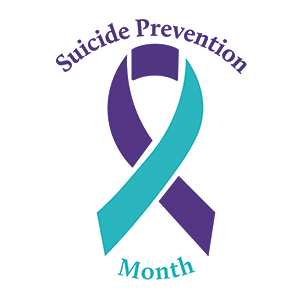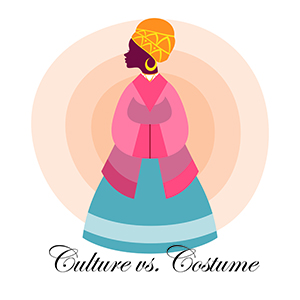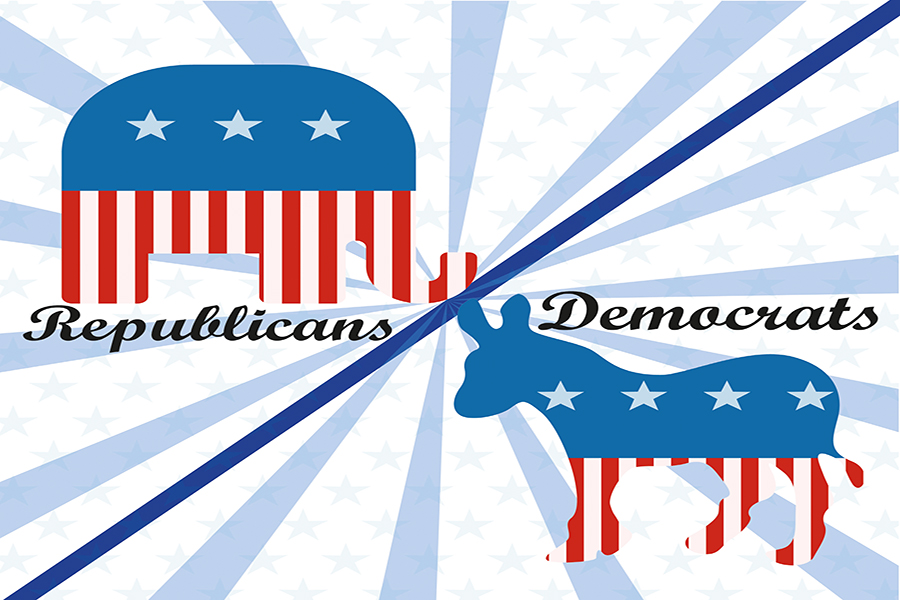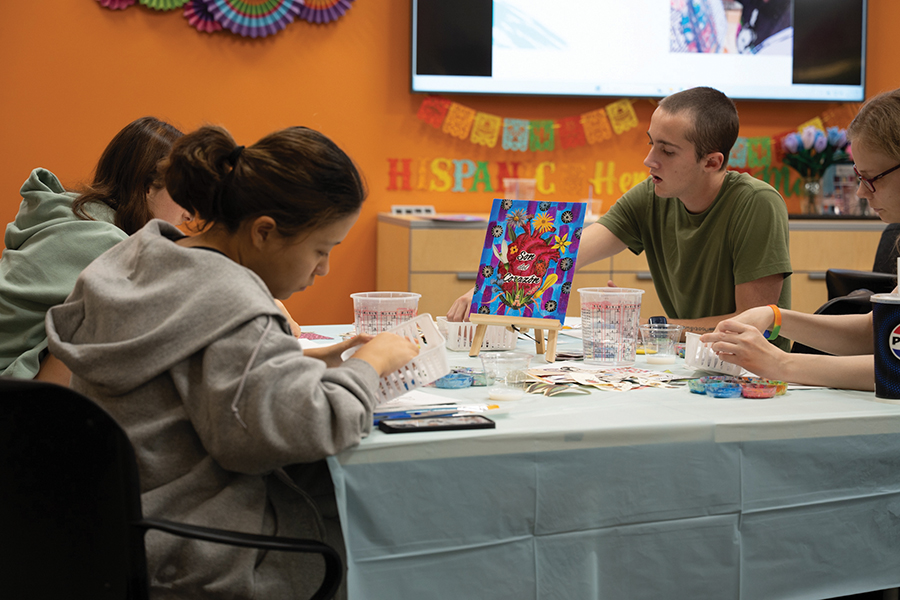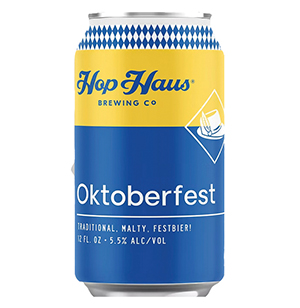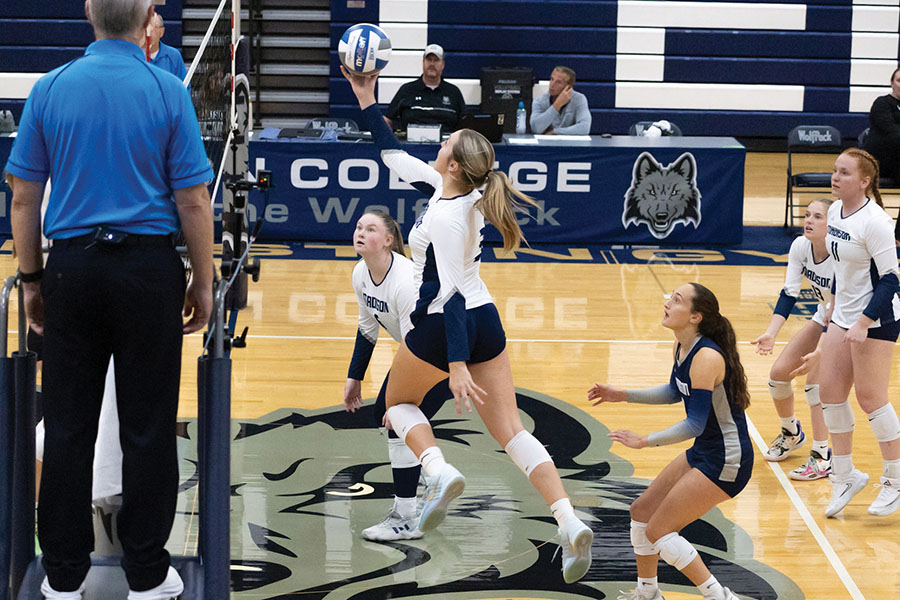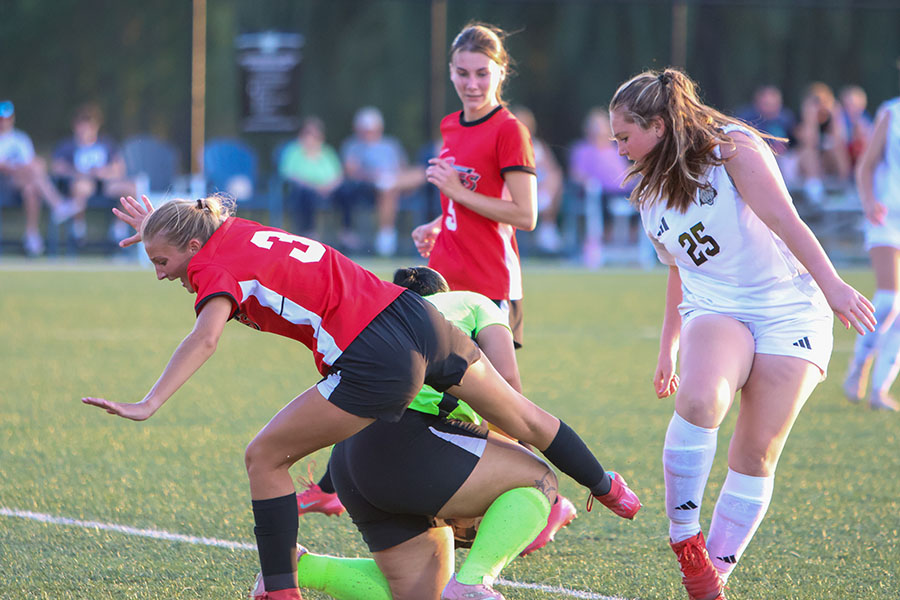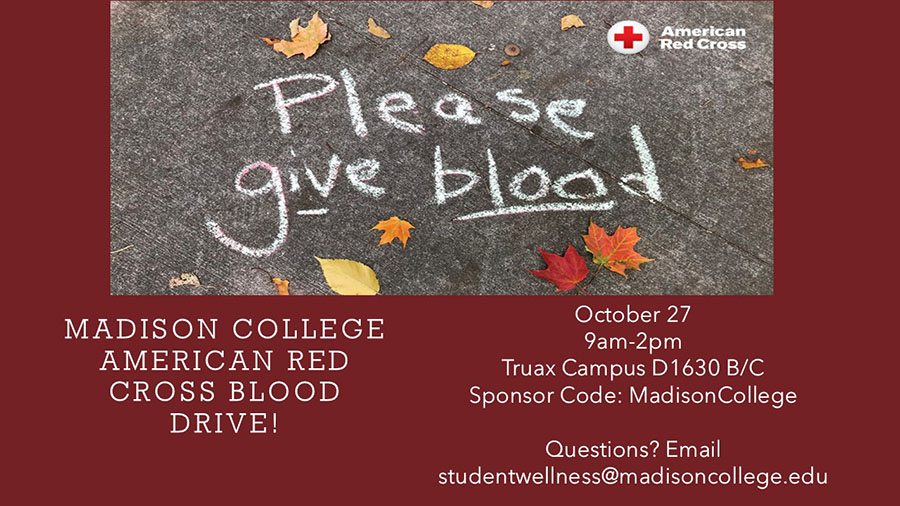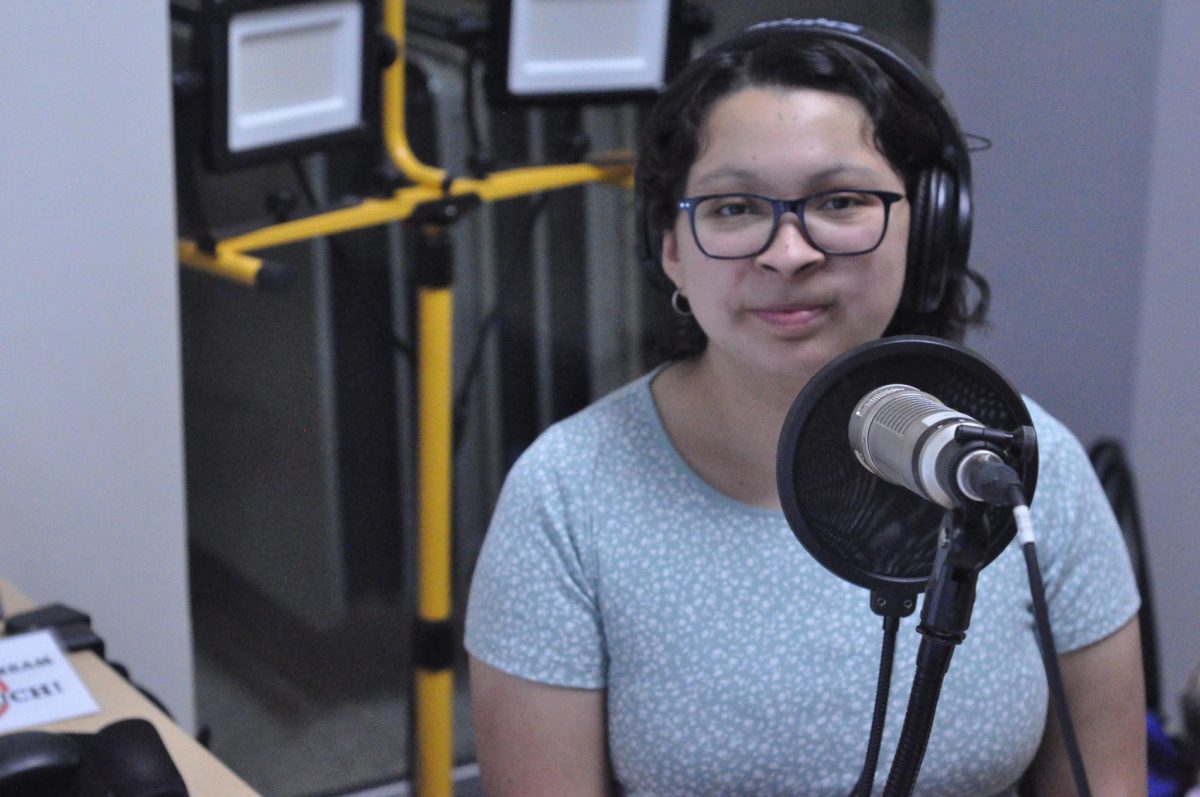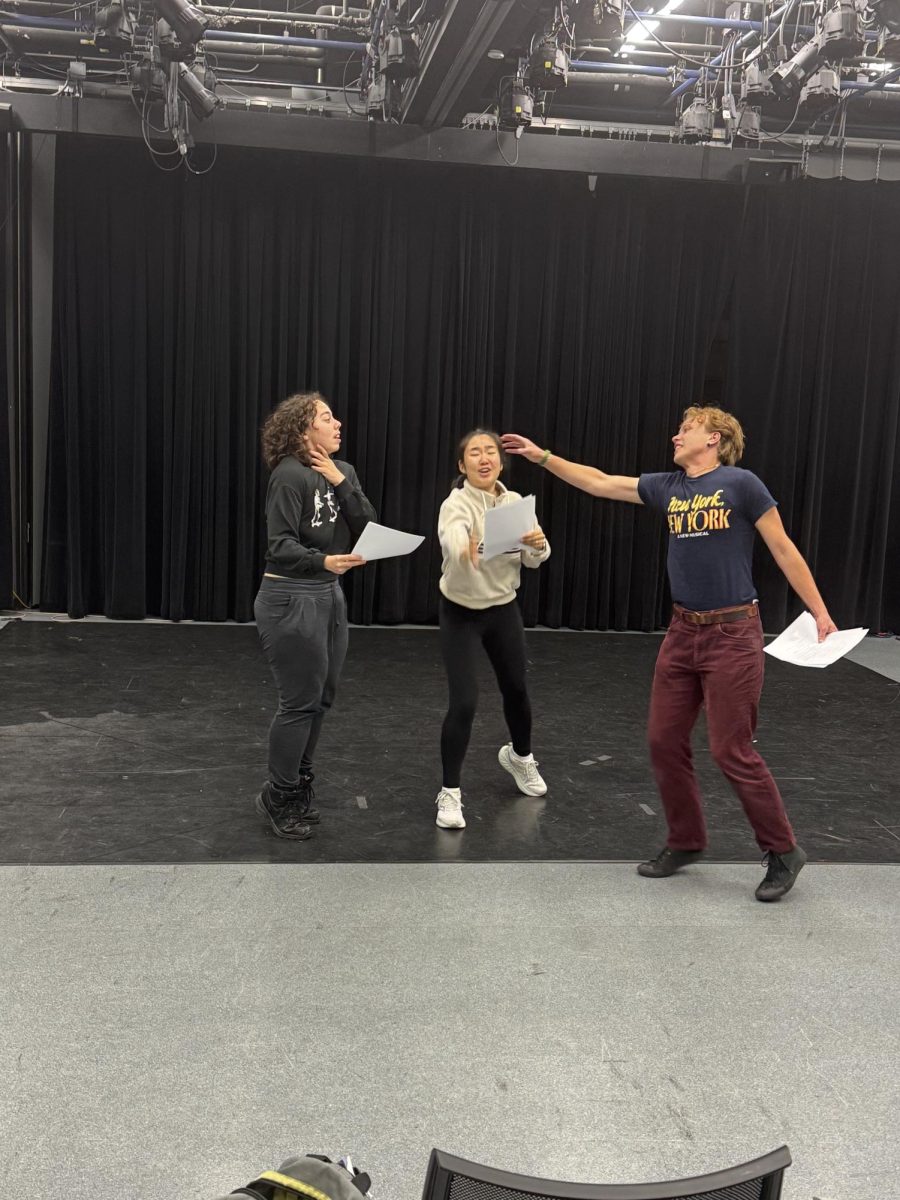Instructor evaluations getting an overhaul
December 8, 2016
Long-time students at Madison College will remember the teacher evaluation forms they used to fill out at the end of the semester. Many instructors do, and some have said they miss that feedback from their students.
“Evaluating courses by students anonymously can be a valuable and an important part of, not only the institution evaluating professor’s effectiveness, but also the course’s effectiveness,” said Matthew Lieber, a political science instructor at Madison College.
In recent years, the college has transitioned from paper forms to online instructor evaluations that students were asked to complete. Due to challenges with both methods of feedback, the college’s Academic Council has been investigating how to improve the process.
When the paper evaluations were used, they were handed out by instructors during a class period. The instructors would let students know that instructors would not be able to see the evaluations until after final grades were given out. Instructors would then leave after asking one student to collect the forms and deliver them to the appropriate office.
Todd Stebbins, Dean of Arts and Sciences, said there was a high rate of participation, but the paper forms took too long to process.
“They sat, sometimes for many months, without getting processed,” Stebbins said. “We had thousands and thousands of these that were completed each semester, and no one in the college was assigned the work of actually processing them.”
By the time instructors got feedback through this process, months had passed and “the feedback was not current anymore,” Stebbins said.
In an effort to get more timely feedback, the college switched to an online system for its end of course student surveys. Students were asked to do them outside of the class period because not every student had access to a computer in the classroom.
The change, though, resulted in a much lower response rate from the students.
“The rate of participation was very low,” Stebbins said. “I remember getting groups of surveys. I remember looking at them and seeing a class of 25 or 30, and seeing somewhere in the neighborhood of four or six surveys had been returned.”
Lieber observed the same lower response rate from his students in online surveys.
“They were supposed to be done through Blackboard. I, as an instructor, have no role whatsoever in ensuring that they’re done. And they are not done. So I have five years teaching here, and I have insignificant survey data. That is a missing thing from my professional teaching profile,” said Lieber.
“The institution should ensure that there is a high participation, best practice, standard course evaluation form completed by as many students as they can get,” he said.
That is one of the goals of the Academic Council as it works to develop a new process for its end of course student surveys. Provost Turina Bakken, who co-chairs the council, said there are other goals as well.
“We have an opportunity with students to design a system that is really meaningful to students, because we value the student voice on their experience. It is really valuable to faculty who can translate it into some continuous improvement or enhancement,” Bakken said.
“We want to make sure it is flexible to meet the needs of individual faculty, and also learning modes. We really want to design a system that is meaningful to individuals and also to different ways of teaching,” she said.
Stebbins said instructors should anticipate the return of a standardized course assessment process for students to use.
“They will be coming back, in some form or other, because it is so important to me and other people that we give students the opportunity to provide feedback about their experience in the classroom,” Stebbins said.
In the meantime, Stebbins encourages instructors to conduct their own end-of-course survey with their students.
“I tell (new) teachers that they should do an end of course survey, they need to get feedback from students,” Stebbins said.
“But I also say the college does not currently have a particular instrument for student feedback that are required for everybody to use… What I tell them is to create whatever questions they want to create, that they believe to likely enlist feedback that is useful for the teachers.”
That’s something history instructor Christine Cina has been doing.
“I am obviously for official student evaluations. Formal, official student evaluations,” said Cina. “I do informal ones, I think it is important to have evaluations of your class, and your work.”
Instructors Cina and Lieber both look forward to the return of a formalized end-of-course student survey.
“I want that critique. You may not like that critique that someone gives you, but it is really helpful,” Cina said.


